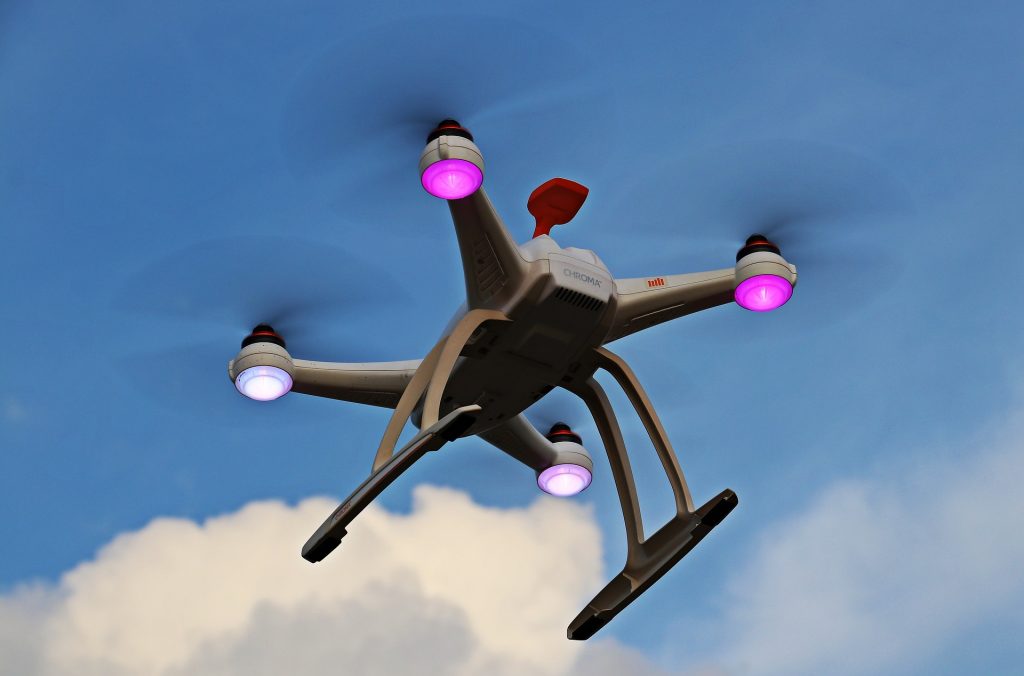I recently went on a camping trip to a few Florida State Parks, enjoying the relaxed atmosphere of sun-filled fall afternoons. Relishing the lack of a schedule, I reclined on my sleeping bag for a short nap. Just as I began to doze off, a loud buzz sounded right outside my tent, bringing to mind the image of a thousand angry bees.
Or a drone.
Our neighbors across the way were flying the standard white plastic drone, practicing landing and taking off, plus the usual hovering. Since the drone flew over our campsite as well, my husband and I were forced to endure not only the irritating whine of the drone itself, but also the eerie feeling that someone could be watching us. Needless to say, the serene atmosphere of our campsite had been replaced by frustration.
Don’t get me wrong, I love the beautiful aerial photographs and videos that drones make possible. Their drop in price has given amateur and professional photographers alike new storytelling tools, and I have used a drone-shot photo more than once on the social media outlets at my fingertips. However, there is a time and place for everything, and state parks should not be on that list of places.
The 84 million acres of National Park lands have all restricted drone use, and so have other state park sites – like those in North Carolina. Florida has created a rule, but it doesn’t seem to be common knowledge and is not always enforced. Many people, myself included, turn to Florida State Parks as a readily accessible and inexpensive natural resource, to relax, to explore, to bike, hike, or paddle. We want to escape the hustle and bustle of cities or urban areas, to disconnect with omnipresent technology. Furthermore, we seek to connect with nature and wildlife. The loud noise of the drones and their “eyes watching you” feeling can disrupt all these intentions, disturbing visitors and animals alike.
I believe there is a way that drone pilots and parks can both benefit from the new aerial apparatus. Instead of coming any day to use the drones, parks can set up special drone days with permits or sign up lists, and warn other visitors ahead of time. This gives pilots access to the parks, but limits their disturbance. In addition, certain parks could be exempted from the overall ban. As the National Park staff update their drone policy, for example, they may allow drones in the New Jersey and New York’s Gateway National Recreation Area, since model planes are already popular at this site.


